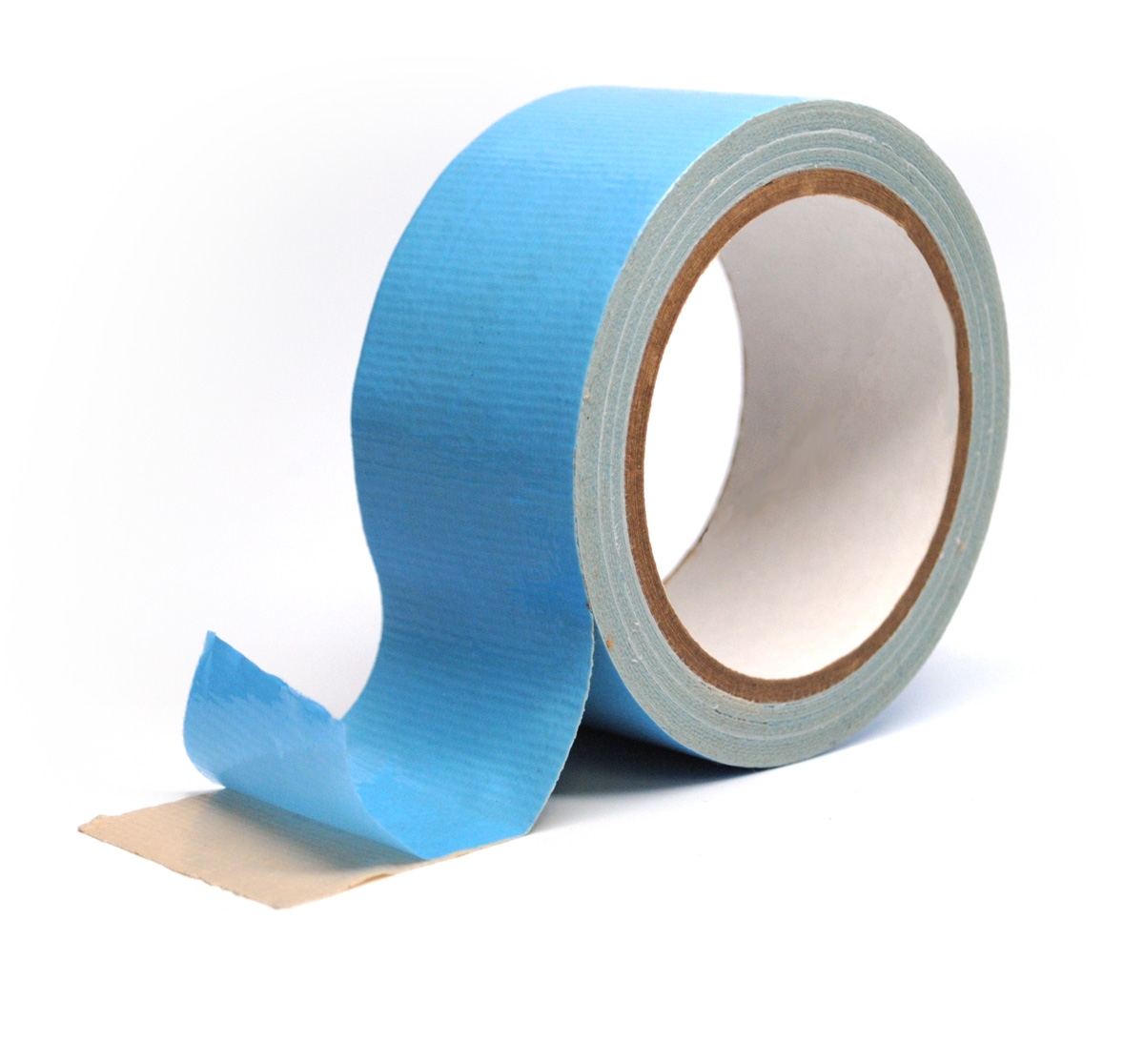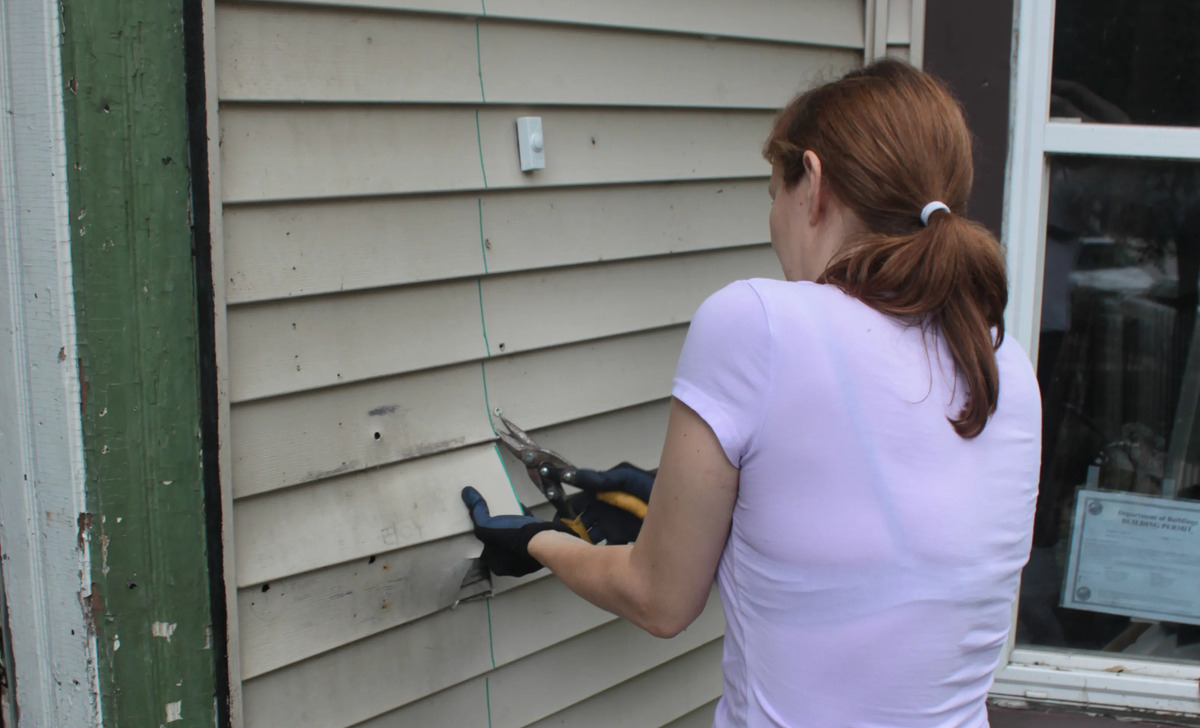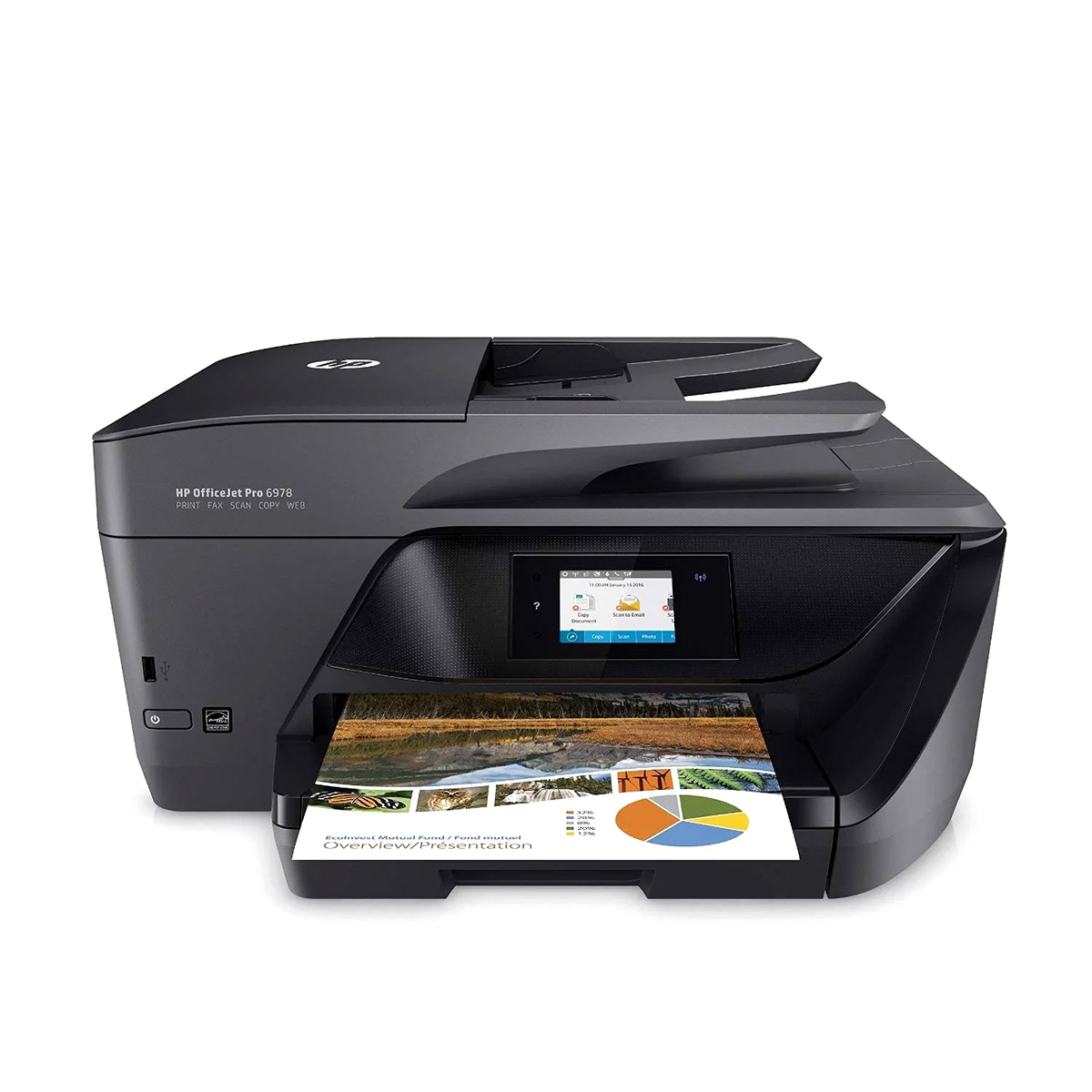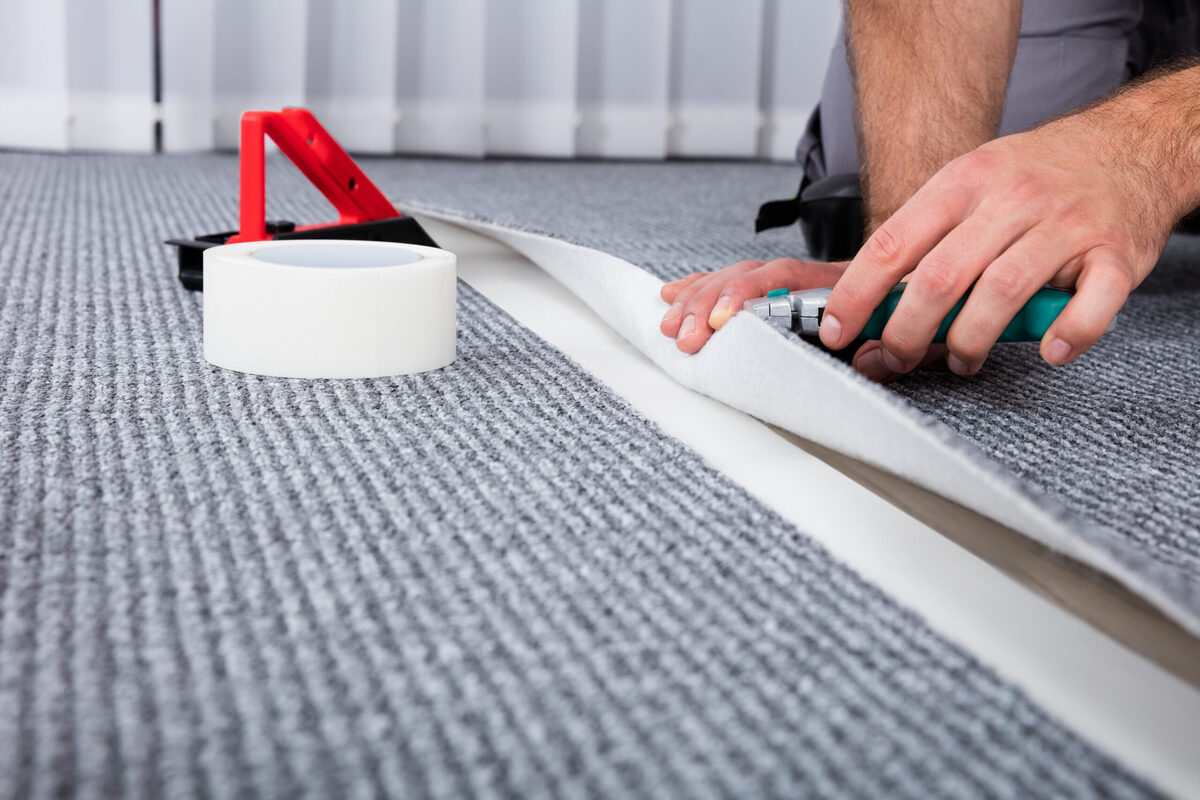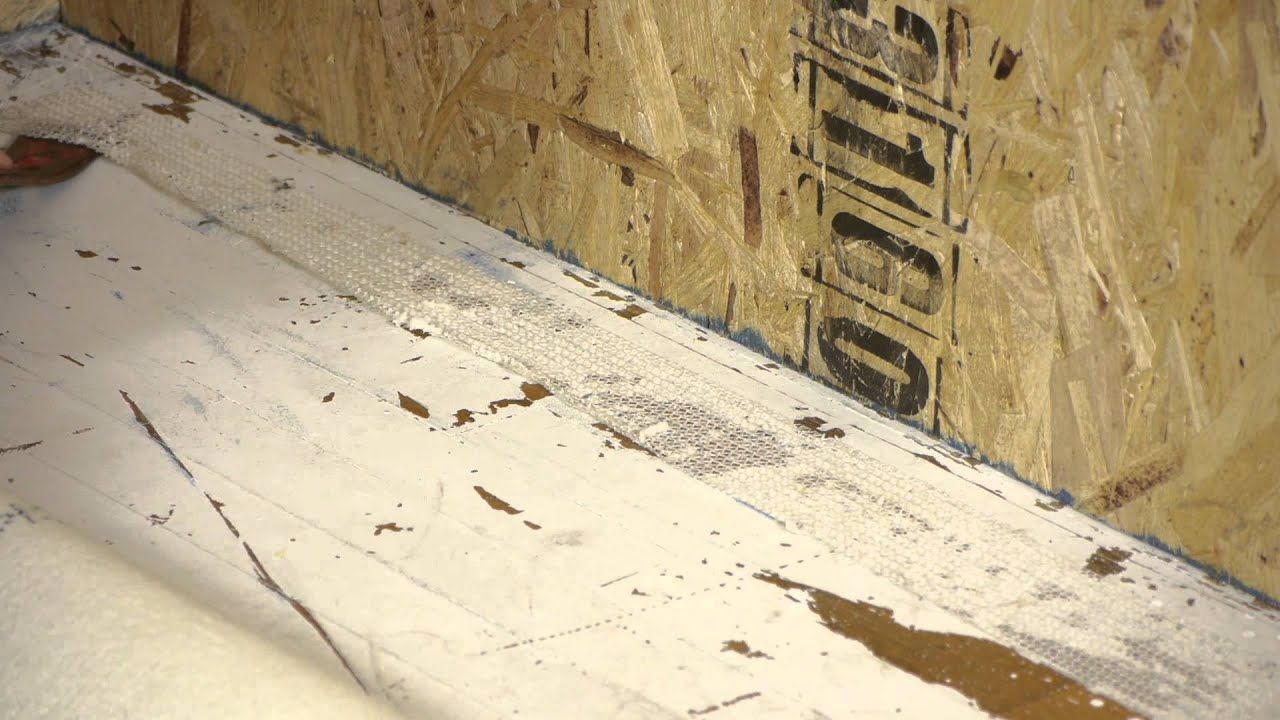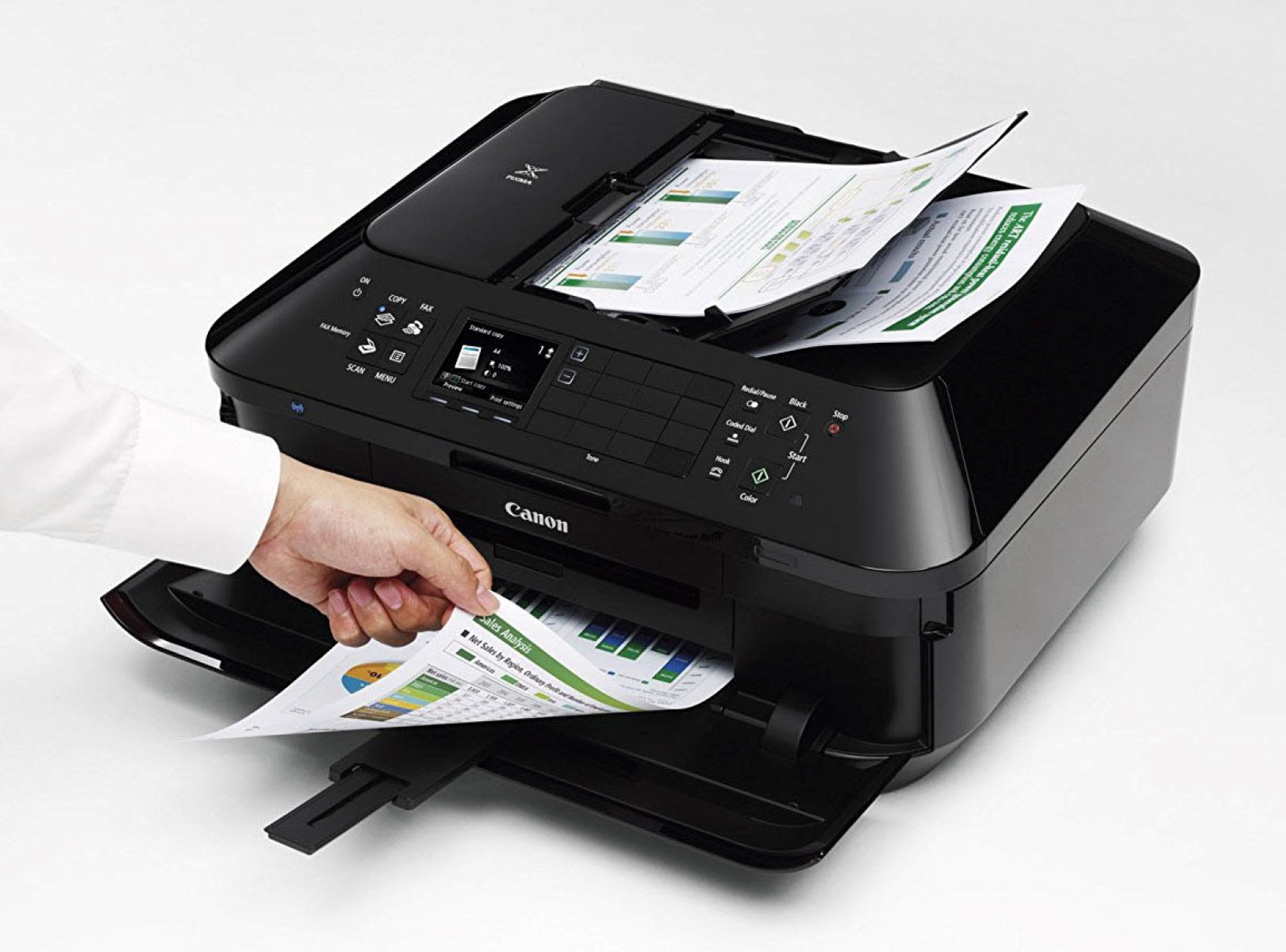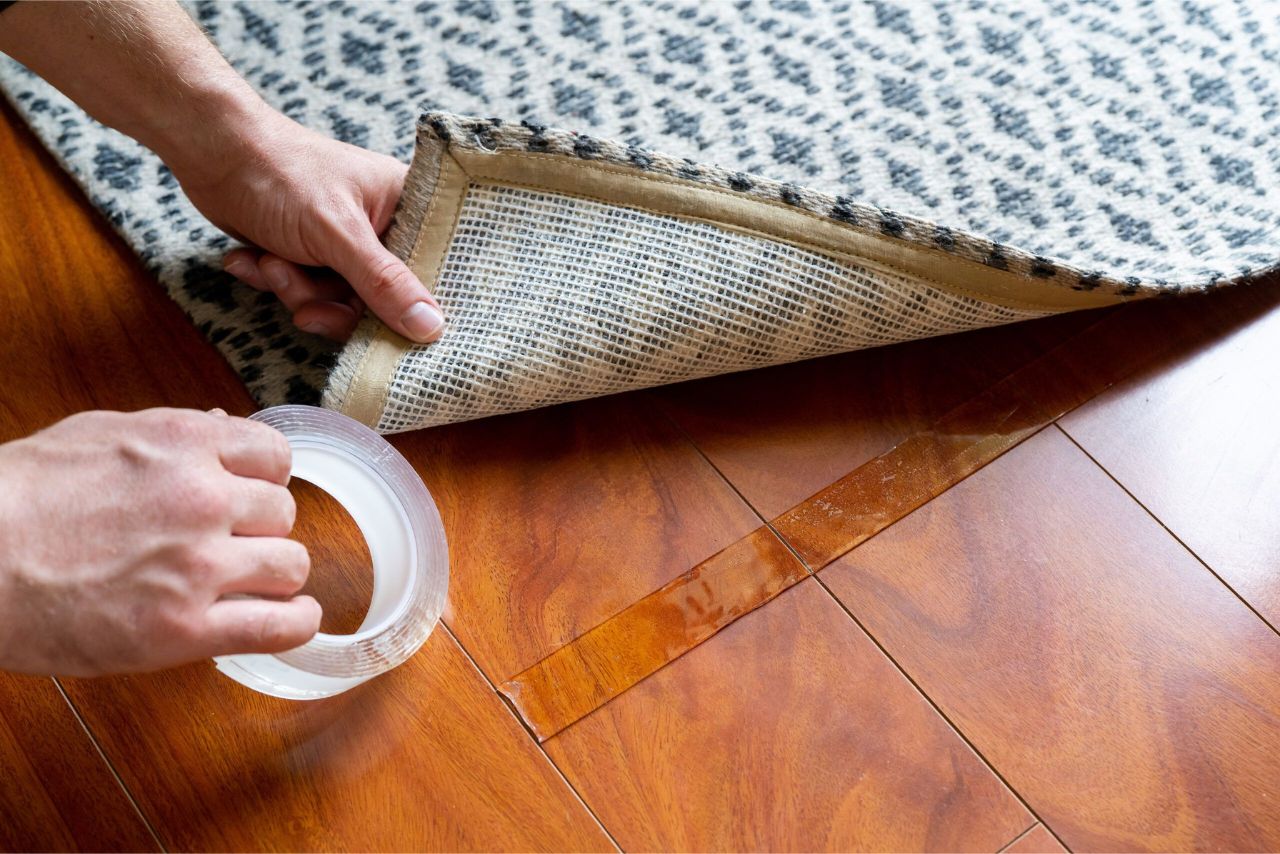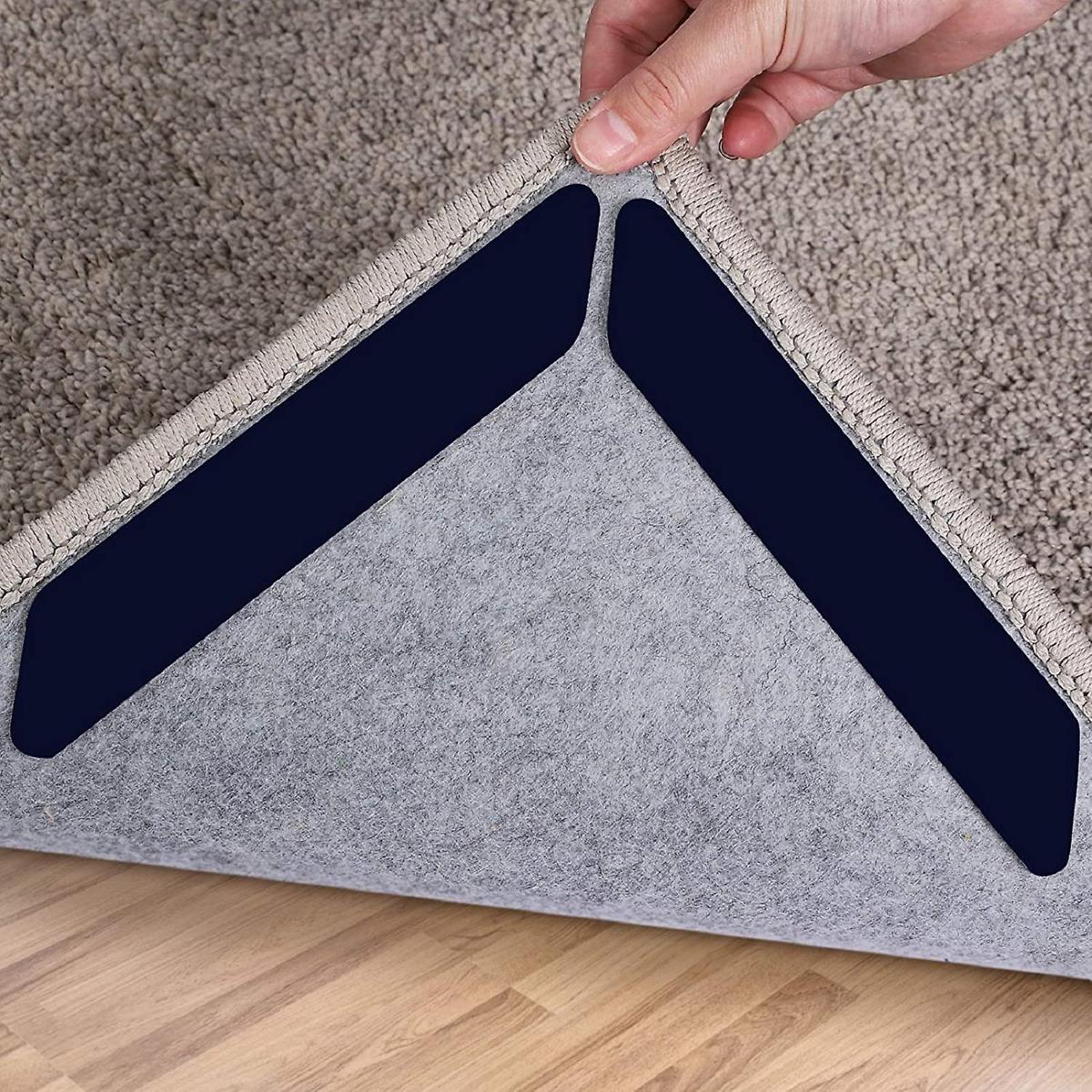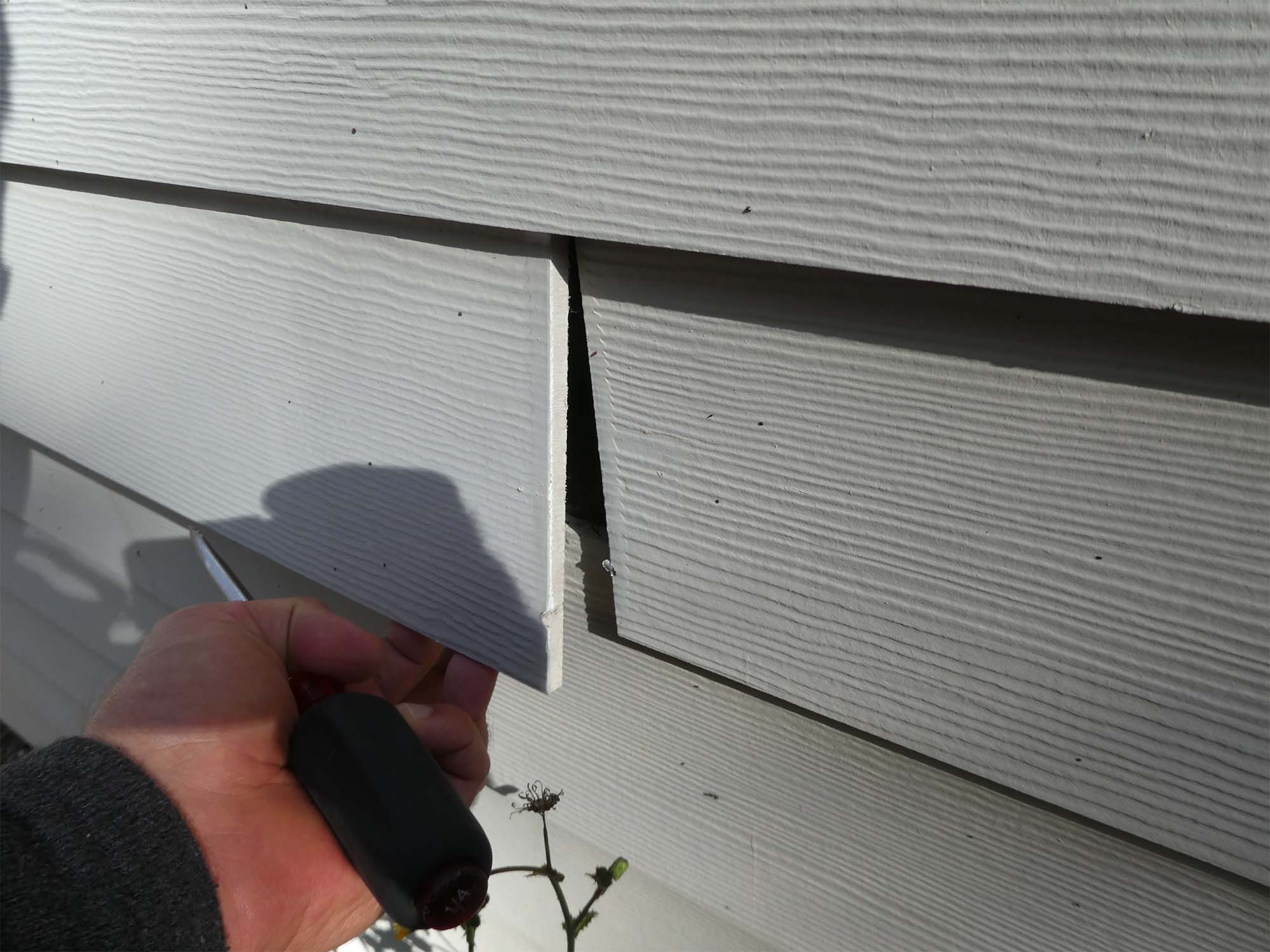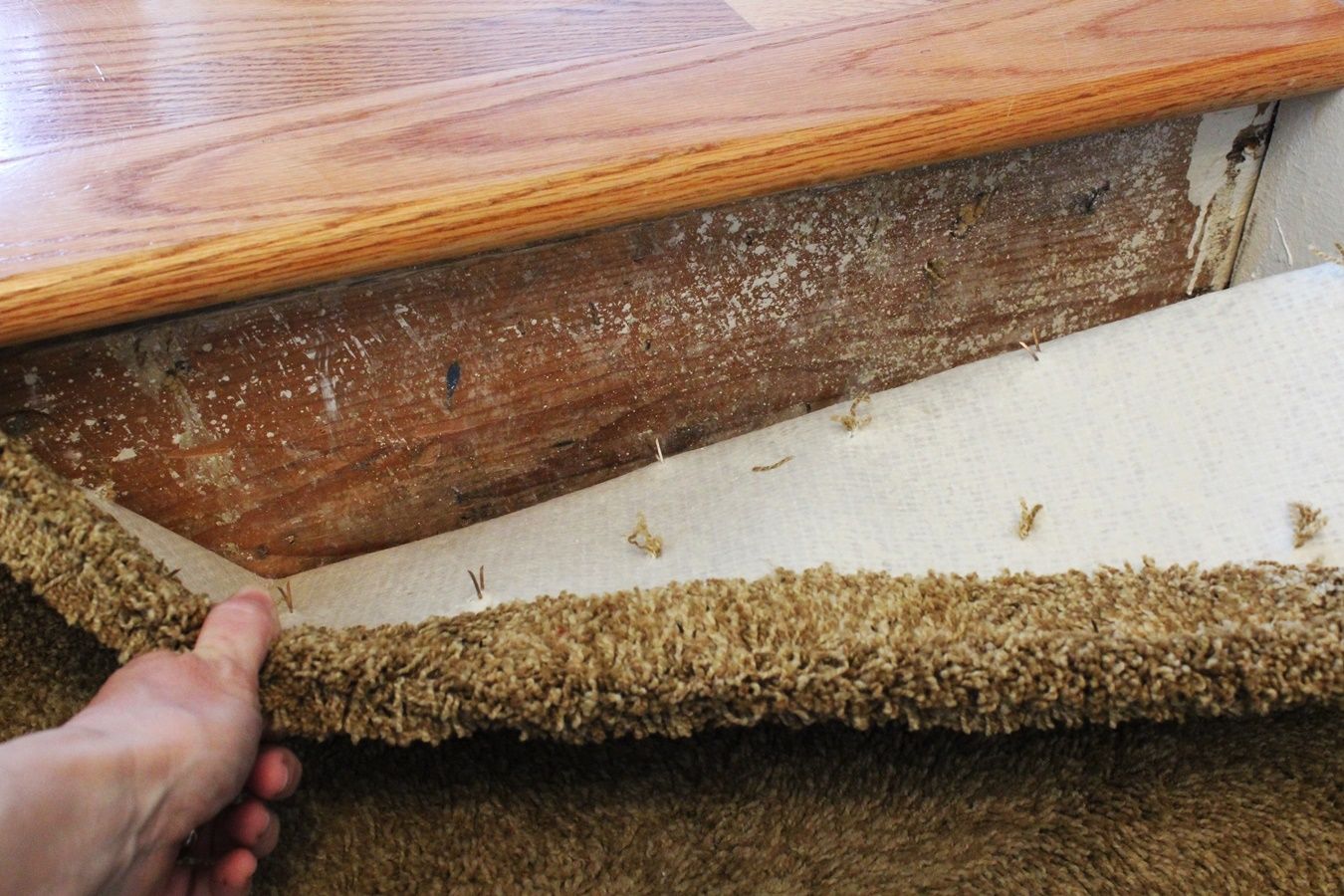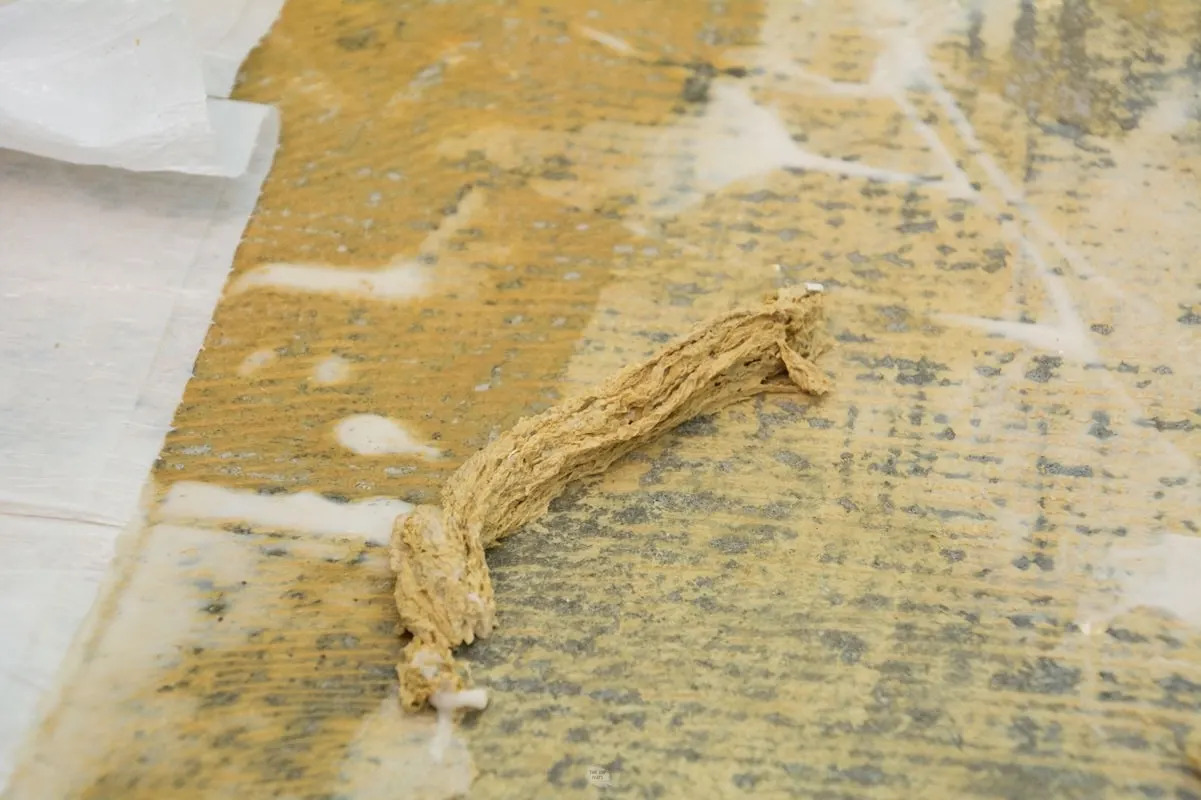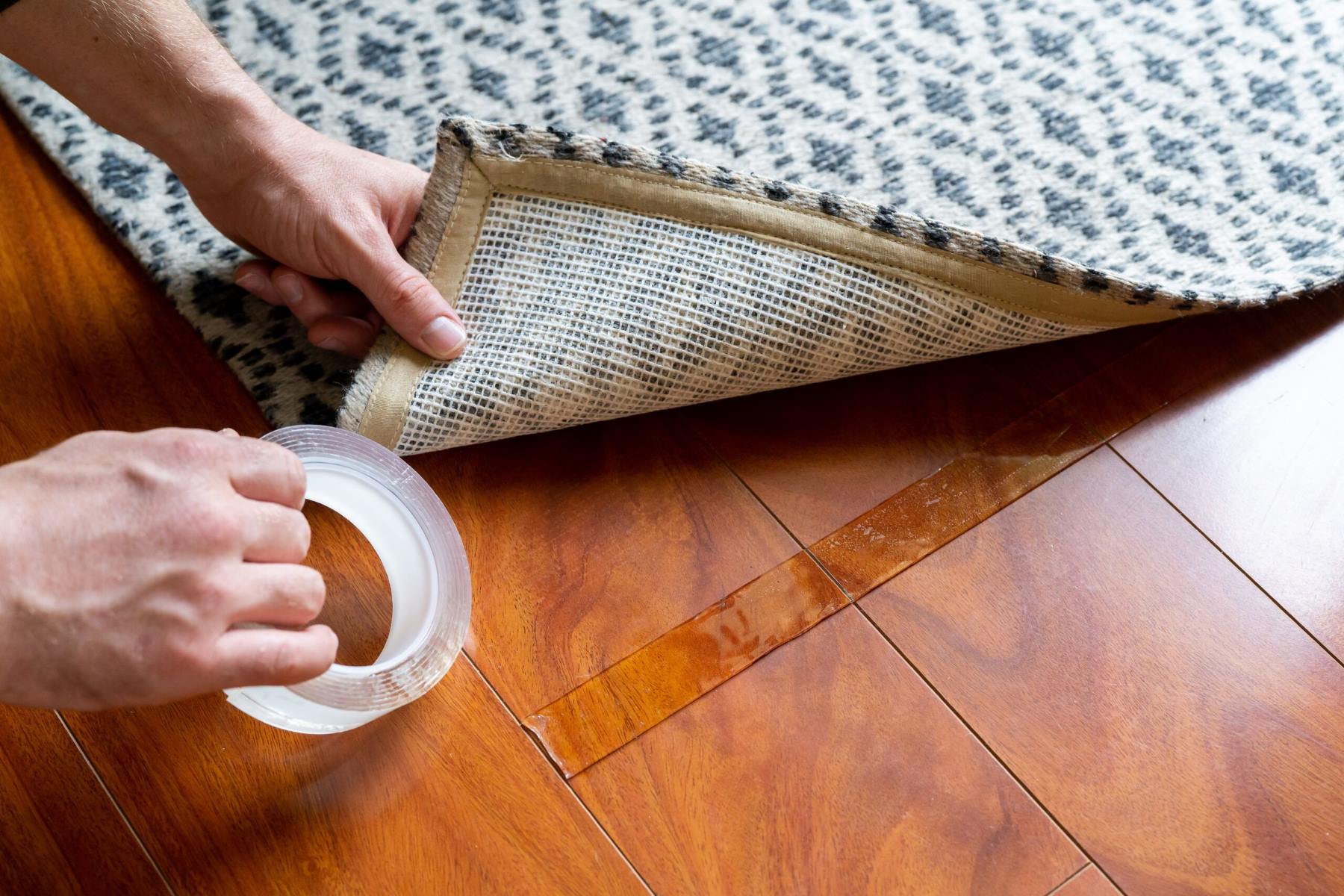

Articles
How To Remove A Double-Sided Carpet Tape
Modified: August 23, 2024
Learn the simple steps to remove a double-sided carpet tape with ease. Read our informative articles for effective carpet tape removal methods.
(Many of the links in this article redirect to a specific reviewed product. Your purchase of these products through affiliate links helps to generate commission for Storables.com, at no extra cost. Learn more)
Introduction
Have you ever had a double-sided carpet tape that just won’t come off? Don’t worry; you’re not alone! Removing double-sided carpet tape can be a frustrating and time-consuming task. However, with the right tools and techniques, you can make the process much easier and less daunting.
Carpets are a popular choice for flooring due to their comfort and aesthetic appeal. Double-sided carpet tape is commonly used to secure carpets in place, providing extra adhesive strength and preventing them from shifting or wrinkling. While it serves its purpose well, removing double-sided carpet tape can be a challenge because of its strong adhesive properties.
Whether you’re planning to replace your carpet, redecorate your space, or simply want to get rid of old tape residue, this article will guide you through the step-by-step process of removing double-sided carpet tape effectively. By following these instructions, you’ll be able to rid your floors of that stubborn tape and have a clean and adhesive-free surface.
To successfully remove double-sided carpet tape, you’ll need to gather a few essential tools and materials. These items will help make the process easier and more efficient. Let’s explore what you’ll need:
Key Takeaways:
- Say goodbye to stubborn double-sided carpet tape with these step-by-step removal tips. Gather the right tools, lift the carpet, soften the tape, and clean the area for an adhesive-free finish.
- Prepare the area, lift the carpet, soften the tape, peel it off, remove residue, and clean the area for a successful double-sided carpet tape removal. Enjoy a refreshed and adhesive-free carpeted space!
Tools and Materials Needed
Before you start removing double-sided carpet tape, it’s important to gather the necessary tools and materials. Having these items on hand will ensure a smooth and successful removal process. Here is a list of what you’ll need:
- Utility knife or razor blade: This will be used to cut through the carpet tape and facilitate its removal.
- Heat source: A hairdryer or heat gun can help soften the adhesive, making it easier to peel off the tape.
- Adhesive remover: An adhesive remover solution or rubbing alcohol can effectively dissolve the sticky residue left behind by the tape.
- Soft cloth or sponge: This will be used to apply the adhesive remover and clean the area.
- Protective gloves: It’s important to protect your hands from any chemicals or sharp objects during the removal process.
- Plastic scraper or credit card: A plastic scraper or credit card can be used to gently lift and scrape off the tape without damaging the surface.
- Bucket of warm water and mild detergent: This will be used to clean the area after tape removal.
Make sure to have all these tools and materials readily available before you begin the process. Being prepared will save you time and prevent any unnecessary interruptions during the removal process.
Step 1: Preparing the Area
Before you dive into removing the double-sided carpet tape, it’s essential to properly prepare the area. This step ensures that your work environment is safe and ready for the tape removal process. Follow these instructions to get started:
- Clear the area: Remove any furniture, rugs, or objects that may hinder your access to the carpet tape. This will give you a clear and unobstructed workspace.
- Ventilate the room: Open windows or use fans to ensure proper ventilation. Some adhesive removers can have strong odors, so fresh air circulation is important.
- Put on protective gloves: Protect your hands by wearing gloves throughout the process. This will prevent any skin irritation or potential exposure to chemicals.
- Test a small area: Before applying any adhesive remover or heat, test a small inconspicuous area of the carpet to ensure it won’t be damaged by the process.
Once the area is cleared, ventilated, and protected, you’re ready to move on to the next step. These steps are crucial in creating an optimal environment for safe and effective tape removal. By taking the time to prepare the area, you’ll be able to work efficiently and minimize any potential damage to your carpet or surrounding surfaces.
Step 2: Lifting the Carpet
Once you have prepared the area, it’s time to start lifting the carpet to gain access to the double-sided tape. This step will make it easier to remove the tape without causing any damage to the carpet fibers. Follow these instructions to lift the carpet:
- Identify a starting point: Choose a corner or edge of the carpet where you can begin lifting it. This will allow you to work methodically across the floor.
- Use a utility knife or razor blade: Carefully cut into the carpet along the edge, making sure to avoid cutting too deeply into the carpet pad underneath.
- Gently lift the carpet: Insert your fingers or a pry bar under the edge you cut and gradually lift the carpet. Take your time and be careful not to tear or stretch the carpet as you lift it.
- Work section by section: Lift the carpet in small sections, moving across the floor as you go. This will create enough space to access the tape without causing unnecessary strain on the carpet.
- Roll or fold the carpet: As you lift each section, roll it up or fold it back onto itself to keep it out of your way. This will prevent any tripping hazards and allow you to focus on removing the tape.
By following these steps, you’ll be able to lift the carpet and create an accessible workspace for tape removal. Take your time and be gentle to ensure the carpet remains intact. Once you have lifted the carpet, you can move on to the next step of softening the tape for easy removal.
Step 3: Softening the Tape
Now that you have lifted the carpet, it’s time to soften the double-sided carpet tape to make it easier to remove. Softening the tape will loosen its grip and allow you to peel it off without damaging the carpet or leaving behind residue. Follow these steps to soften the tape:
- Identify the location of the tape: Look for the areas where the tape is attached to the carpet. You may be able to see the tape directly or feel it by running your hand along the carpet.
- Apply heat: Use a hairdryer or heat gun to apply heat directly to the tape. Move the heat source back and forth over the tape for about 30 seconds to one minute. The heat will help soften the adhesive and make it easier to remove.
- Test the tape’s softness: After applying heat, test the tape’s softness by gently pressing on it with your finger. If the tape feels pliable and starts to lift off the carpet easily, it’s ready for removal.
It’s important to note that excessive heat can damage the carpet fibers, so be cautious and use a moderate setting when applying heat. Regularly test the softness of the tape to ensure you’re not overheating it. Once the tape is sufficiently softened, you can proceed to the next step of peeling off the tape.
To remove double-sided carpet tape, use a hairdryer to heat the tape, then gently peel it off. Any residue can be removed with a citrus-based adhesive remover.
Read more: What Is A Double-Sided Mattress
Step 4: Peeling off the Tape
Now that the double-sided carpet tape is softened, it’s time to start peeling it off. This step requires patience and attention to detail to ensure a clean removal without causing any damage to the carpet or leaving behind residue. Follow these steps to effectively peel off the tape:
- Gently lift an edge: Using a plastic scraper or credit card, gently lift an edge of the tape. Start at a corner or edge and slowly peel the tape back, keeping it close to the surface of the carpet.
- Work in small sections: Rather than trying to remove the entire length of tape in one go, it’s best to work in small sections. This will give you more control and prevent the tape from sticking back to the carpet.
- Apply consistent pressure: As you peel the tape, apply consistent pressure to keep it taut. Avoid pulling too hard, as this can stretch or tear the carpet fibers.
- Peel at an angle: To minimize the chance of the tape tearing or leaving residue, peel it at a 45-degree angle. This will help lift the tape smoothly without any resistance.
- Continue peeling: Gradually continue peeling off the tape section by section until you’ve removed it completely from the carpet. Take your time and be patient to achieve the best results.
It’s important to be gentle and take your time during the peeling process to avoid any damage to the carpet. If you encounter any stubborn or stubborn residue, go back to step 3 and reapply heat to soften the tape further.
After peeling off the tape, you may notice some sticky residue left on the carpet. Don’t worry; we’ll address this in the next step.
Step 5: Removing Residue
After peeling off the double-sided carpet tape, you may encounter some sticky residue left behind. This residue can be unsightly and difficult to remove, but with the right approach, you can effectively get rid of it. Follow these steps to remove the residue:
- Apply adhesive remover: Apply a small amount of adhesive remover solution or rubbing alcohol to a soft cloth or sponge.
- Gently rub the residue: Using the cloth or sponge, gently rub the sticky residue in a circular motion. Apply slight pressure to help break down the residue without damaging the carpet fibers.
- Continue rubbing: Keep rubbing the residue until it starts to lift off the carpet. You may need to repeat this process a few times to fully remove the residue.
- Wipe off excess residue: Once the majority of the residue is removed, use a clean part of the cloth or sponge to wipe off any remaining residue or residue loosened during the rubbing process.
If the residue is particularly stubborn or if there is a large amount of it, you can choose to use a commercial adhesive remover specifically designed for carpet surfaces. Follow the manufacturer’s instructions when using such products to ensure safe and effective removal.
Remember to test the adhesive remover on a small, inconspicuous area of the carpet before applying it to the residue. This will help ensure that it won’t cause any discoloration or damage to the carpet fibers.
After removing the residue, continue to the final step to ensure the area is clean and free of any leftover residue or cleaning solution.
Step 6: Cleaning the Area
Once you have successfully removed the double-sided carpet tape and any residue, it’s important to give the area a thorough cleaning to ensure it is free from any leftover adhesive or cleaning solution. Follow these steps to clean the area:
- Prepare a cleaning solution: Fill a bucket with warm water and add a mild detergent or carpet cleaner. Mix the solution well to create a soapy mixture.
- Dip a clean cloth or sponge into the cleaning solution: Wring out any excess water, ensuring the cloth or sponge is damp but not dripping.
- Gently scrub the area: Use the damp cloth or sponge to gently scrub the carpet where the tape and residue were located. Pay close attention to any areas that may still feel sticky or have visible stains.
- Rinse with clean water: Once you’ve scrubbed the area, rinse the cloth or sponge with clean water and go over the scrubbed area again to remove any soapy residue.
- Blot the area dry: Use a clean and absorbent towel or paper towels to blot the cleaned area and remove excess moisture. Avoid rubbing, as this can potentially damage the carpet fibers.
Allow the area to air dry completely. Once dry, check the carpet for any remaining residue or sticky spots. If needed, repeat the cleaning process until the area is completely clean.
It’s important to note that different carpet types may require specific cleaning methods, so always refer to the manufacturer’s guidelines for the best cleaning approach. Additionally, avoid using harsh chemicals or abrasive cleaners, as they can damage the carpet fibers.
Now that you have successfully removed the double-sided carpet tape, residue, and cleaned the area, you can enjoy your clean and adhesive-free carpet. Congratulations on a job well done!
Conclusion
Removing double-sided carpet tape can be a daunting task, but with the right tools, techniques, and a little bit of patience, it can be done effectively. By following the step-by-step process outlined in this article, you can successfully remove the tape without damaging your carpet and leave the area clean and adhesive-free.
Remember to gather all the necessary tools and materials before starting the removal process. Preparing the area by clearing it of any obstacles and wearing protective gloves is essential for a safe and efficient work environment.
Lifting the carpet carefully allows you to gain access to the tape, while softening it with heat makes it easier to peel off. Take your time and peel off the tape in small sections, applying consistent pressure and peeling at a 45-degree angle for best results.
If you encounter any sticky residue, using an adhesive remover or rubbing alcohol along with gentle rubbing will effectively remove it without causing damage to the carpet fibers.
Lastly, clean the area thoroughly by using a mild detergent or carpet cleaner and rinsing with clean water. Blot the cleaned area dry to remove excess moisture.
By following these steps, you can successfully remove double-sided carpet tape and enjoy a clean and adhesive-free surface. Remember to always refer to the manufacturer’s guidelines and test any cleaning solutions on a small, inconspicuous area before applying them to the carpet.
Now you’re ready to tackle the task of removing double-sided carpet tape with confidence and ease. Say goodbye to stubborn tape and hello to a clean and refreshed carpeted space!
Frequently Asked Questions about How To Remove A Double-Sided Carpet Tape
Was this page helpful?
At Storables.com, we guarantee accurate and reliable information. Our content, validated by Expert Board Contributors, is crafted following stringent Editorial Policies. We're committed to providing you with well-researched, expert-backed insights for all your informational needs.
